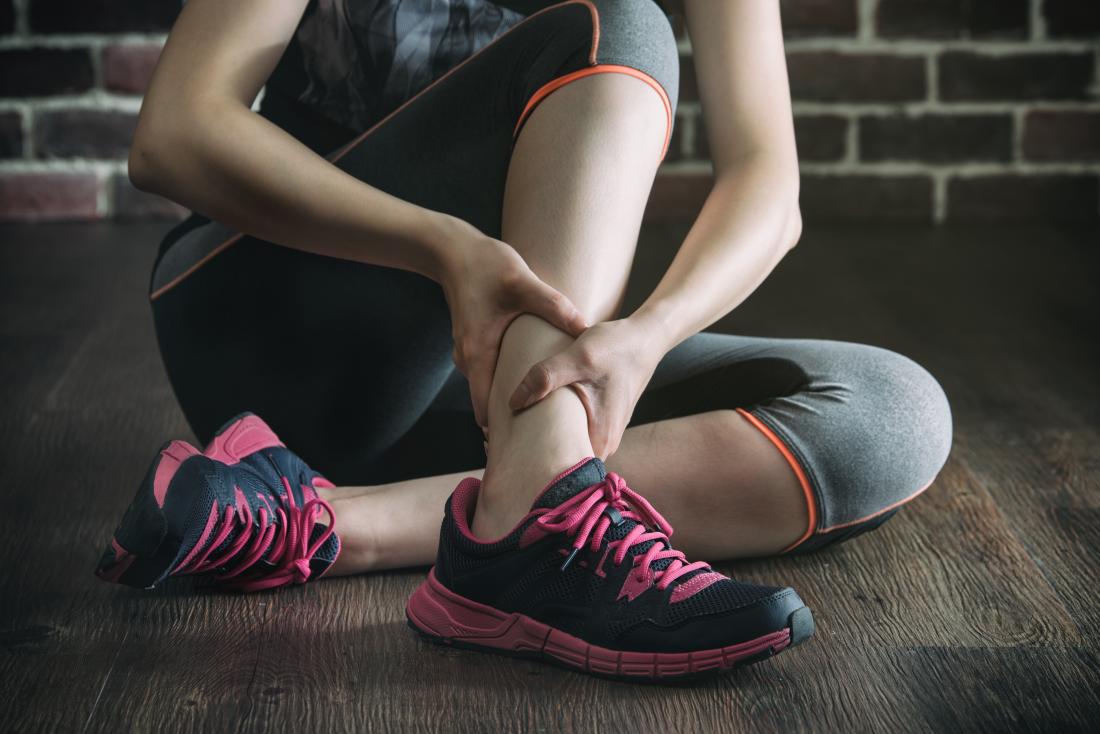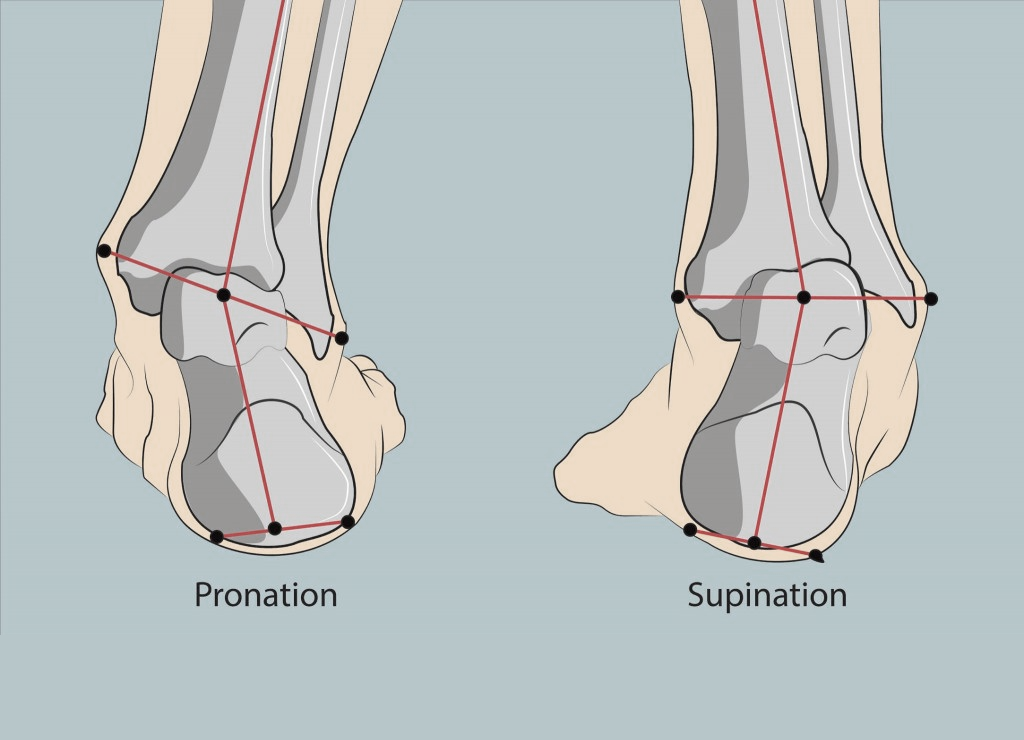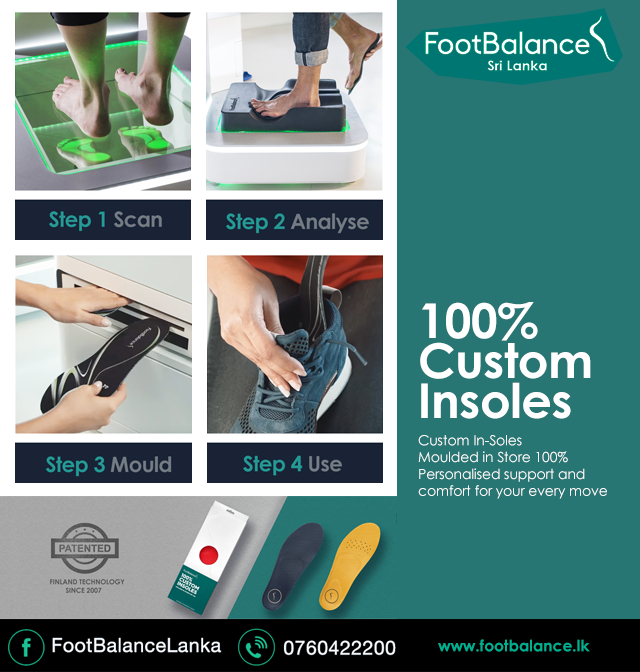
Supination and pronation are parts of a stride. Supination occurs when weight is placed on the outside of the foot while walking or running. When the opposite happens, and a person shifts their weight from the heel to the forefoot, it is termed pronation.
Excessive supination (underpronation) and excessive pronation (overpronation) can cause problems with the body’s alignment and lead to pain in the feet, knees, hips, and back.
Read on to discover treatments and preventive techniques for people who supinate excessively.
Fast facts on supination and pronation:
- Too much supination can cause problems, such as pain and soreness.
- Most people with excessive supination have structural issues in their feet.
- Ways to treat or prevent excessive supination include wearing proper shoes
Excessive supination and pronation
- Weight placed on the outside of the foot is known as supination.
- People who pronate excessively roll their foot inward, causing the outer part of the heel to make contact with the ground and the feet to flatten too much.
- Those who supinate do not roll their foot inward enough. This puts a strain on the ankle and can cause the ankle to roll outward, which leads to injury.
- Excessive supination is less common than excessive pronation.

Causes of supination
The structural problems of the feet causing supination are usually inherited. However, external factors can also play a role in the condition.
Common causes of excessive supination include:
Genetics
Traits that affect the mechanics of the feet and legs are often inherited, such as:
- leg length (including differences between the length of the legs)
- width of the foot
- ankle stability
The shape of the foot’s arch may also increase the risk of supination, with runners with high arches being more prone to supination than other people.
Incorrect Footwear
Good shoes support the arch and soft tissues of the foot, which help protect the foot from injury. This is especially true when walking on hard and flat surfaces.
The wrong type of shoe — such as rigid or tight shoes — can lead to supination and other foot problems. Also, wearing shoes that are worn out or have no arch support causes supination.
Bodily Misalignment
If the body is not correctly aligned, some parts must work harder to support posture and maintain balance. Similarly, poor form when exercising can cause some muscles and bones to overcompensate, leading to supination.
Prior Injury
Old injuries can cause instability and weakness in the bones and soft tissues of the body. People with achilles tendonitis, for example, are especially at risk of supination.
Other Causes
Some of the other factors that can result in supination include:
- sedentary lifestyle
- constant impact on hard and firm surfaces
- restricted range of motion
- standing for long periods of time
- stiffness due to aging or arthritis
- too much exercise

Complications of Excess Supination
People who supinate too much are at greater risk of developing certain conditions and symptoms, including:
- ankle pain
- ankle sprains
- calluses or bunions on the outer edge of the foot
- hammertoes or clawed toes
- iliotibial band pain syndrome
- pain in the ball of the foot
- plantar fasciitis
- shin splints
- stress fractures in the feet and legs
- swelling of the ankle or foot
- weakness in the foot or ankle that gets worse when running, walking, or standing for long periods
Diagnosing supination of the foot
The following techniques can help indicate excessive supination of the foot:
Examine old shoes
In people with a neutral gait — where there is neither supination nor excessive pronation — the soles of the shoe will wear down from the outer edge of the heel toward the center.
Supination can cause more obvious signs of wear on the outside edge only.

Check footprints
Wetting bare feet and stepping onto a flat surface can help determine gait problems. To carry out this test:
- Wet feet thoroughly.
- Step firmly onto a suitable surface that will show the footprint. The best surfaces include concrete tile or a brown paper bag.
- Step off and examine the footprint.
If half the arch is visible in the footprint, it suggests a normal gait. If only a fraction of the arch is visible — or none at all — it suggests supination.
Gait analysis
A podiatrist or physical therapist can carry out a gait analysis, which involves a person walking or running on a specialized platform.
People who are experiencing any of the symptoms or complications of excessive supination, or who see signs of supination after examining their old shoes or wet footprints, should have a gait analysis test.
Foot Analysis by FootBalance
Scientifically Designed with Health & Comfort in Mind – FootBalance is a result of an independent research by the University of Jyväskylä Finland and University Salzburg Austria confirms that FootBalance 100% Custom Insoles have the potential to prevent injuries, and help overcome foot misalignment and the body. FootBalance constantly looks to build on our background in physiotherapy. After the Foot Scan is done by the 3D Foot Scanner of FootBalance a Personalised Foot Analysis Report will be given to you. Based on the results a 100% Custom Insole will be moulded for you to give you the maximum support and comfort – Sponsored Content

Preventing supination of the foot
Supination of the foot can be prevented or corrected with the following:

Good Footwear with Custom Insoles
For people who supinate, choosing flexible and lightweight running shoes is recommended. You can use customized insoles to have the best comfort to prevent supination. There are new technologies in the Market to prepare custom moulded insoles to you based on your body weight and pressure points of the leg.
Flexible and lightweight running shoes are best for people who supinate. It can be helpful to consult a podiatrist first who can recommend the best type of shoe for supination.
Sponsored Content
FootBalance is a Patented 100% custom moulded foot insole that will help to over come supination of the foot. Available in over 50 countries this Finland Technology has revolutionized the FootCare Industry with it’s state of the art custom moulded insoles. FootBalance® is now available in Sri Lanka as well.
When purchasing shoes:
- Measure both feet in terms of length, width, and depth to get the best fit.
- Wear the same style of sock that will be worn with the new shoes (for example, running socks).
- Look for extra-cushioning, arch support, and a roomy toe-box or use the custom insoles to support your feet inside the shoe.
- Go shopping at the end of the day, when feet are at their largest.
- Do not choose tight-fitting shoes in the hope that they will stretch in time.
People should replace their running shoes regularly. A good rule of thumb is to replace athletic shoes every 6 months, or more frequently if they show signs of wear and tear on the soles.
Orthotics
Insoles designed for supination can support the arch and heel to control the motion of the foot. Orthotics for supination can be purchased in stores and online or can be custom-made by a podiatrist.
Proper form
It is important to correct poor posture and improper running techniques to address excess supination.
When running or walking, try to land softly on the feet and aim to make contact with the ground close to the midfoot, rather than at the heel. It is best to land with a flat foot and to avoid curving the toes. A short stride often makes it easier to keep proper form when running and walking.
Physical therapy
A physical therapist can help to loosen tight muscles and tendons while strengthening these soft tissues. This assists in better weight distribution throughout the body, which corrects supination.
Exercises
The following exercises can help to keep the muscles flexible and strong, resulting in a neutral gait:
Calf Stretch
- Place hands on the wall.
- Move one leg back, a few feet behind the other. Keep both feet firmly on the ground.
- Keeping the back leg straight, bend forward at the front knee. There should be a stretch in the calf muscle and ankle of the back leg.
- Hold this stretch for 30 seconds. Repeat three times on each leg.
Plantar Fascia Stretch
- Sit down in a chair.
- Cross the left ankle above the knee of the right leg.
- Hold the toes with the left hand and gently stretch them toward the front of the ankle. Place the right hand on the plantar fascia, which runs from the heel to the arch of the foot. It should feel like a tight band.
- Maintain this stretch for 10 seconds. Repeat up to 20 times for each foot.
For best results, the American Academy of Orthopedic Surgeons recommend that people carry out this exercise every morning.
Knee Stretch
- While standing, cross the right leg behind the left.
- Keeping the hips level, bend over to the left side. Do not bend forward or backward. There should be a stretch along the outer right knee and thigh.
- Hold for 10 seconds. Repeat three times on each leg.
Takeaway
Although supination and pronation are a natural part of movement, too much of either motion can lead to an uneven gait and result in complications, such as pain, swelling, and misalignment.
Proper footwear, using orthotic inserts, and engaging in regular stretching can all help.
If a person experiences pain or swelling in the foot or ankle that lasts for more than a few days, they should see a doctor who can perform a gait analysis to check for supination. The doctor may also carry out further tests to rule out other foot and leg conditions.
- Bones / Orthopedics
- Sports Medicine / Fitness
Source: Jayne Leonard | www.medicalnewstoday.com & www.FootBalance.com




